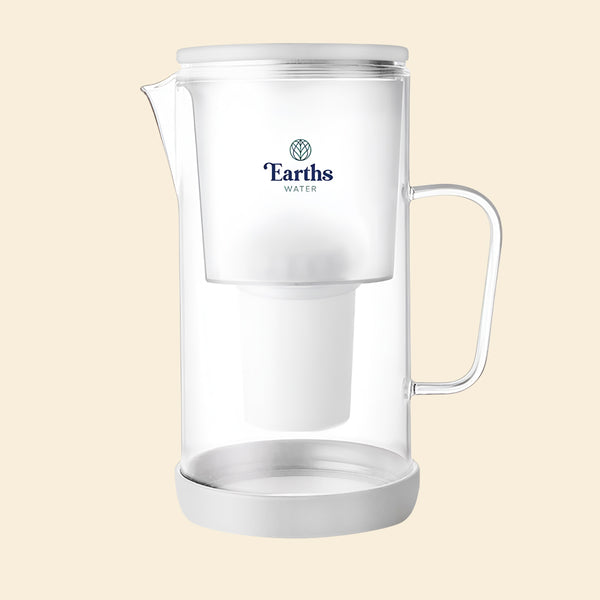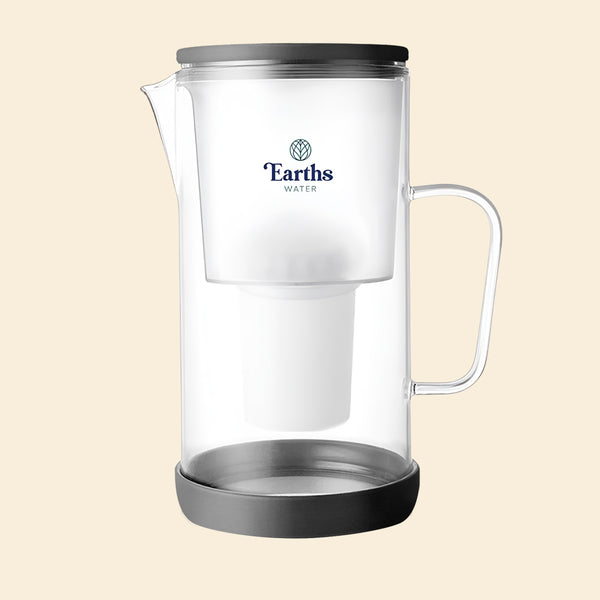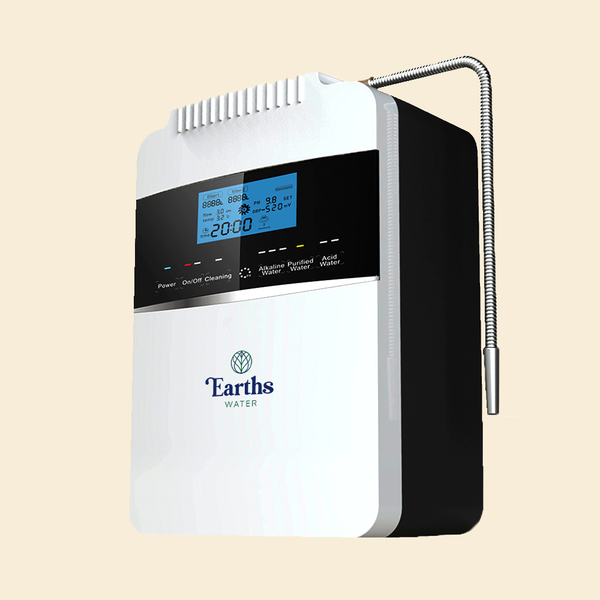With the general population’s increased exposure to various chemicals and contaminants, so does the increasing demand for the supply of clean, fresh, and safe drinking water.
One of the solutions that resulted from the world’s ever-evolving technologies is activated carbon.
What is activated carbon and where does it come from?
To start, activated carbon refers to a porous material that can trap mainly organic compounds that can be found in gas or liquid. Because of its exemplary effectiveness, it remains to be the most commonly used purifying agent by humans.
Some of the most common materials used in making activated carbon include coconut shells, sugar, and wood. Given the huge differences in the materials used, the quality of the produced activated carbon will likewise depend on its source material.
At Earths Water, we use natural coconut shell activated carbon..
How does an activated carbon filter work?
Despite the simple chemical composition of activated carbon, its functional versatility resulted in over 1,000 known applications. From mineral mining, food and material production, to water filtration, activated carbon can be easily modified to fit a variety of specific needs.
The filtering prowess of activated carbon is all thanks to its impressive surface area. Activated carbon is very porous, with tiny and submicroscopic pores that form a dense network of holes. There is a tremendous surface space for water or air to travel through with these millions of pores in a small amount of activated carbon. This huge surface area collects and holds pollutants, giving activated carbon its outstanding cleansing capacity.
Due to its excellent surface area, it gives activated carbon an advantage when it comes to physical adsorption as well as chemical reactions that remove pollutants.
Chlorine molecules are a common example of this. When chlorine reacts with activated carbon, both molecules generate chloride ions, effectively eliminating chlorine from water.
Despite the thorough filtration process that activated carbon offers, note that no traces of carbon is left in your drinking water after it has gone through the filtration and treatment processes, making it a highly trusted filtering material.
What are some harmful chemicals that an activated carbon filter can remove?
Activated carbon can be effective in removing hundreds of contaminants and other chemicals from tap water. However, the most frequently cited studies by the EPA (United States Environmental Protection Agency) and NSF (National Sanitation Foundation) claim effective removal of 60-80 chemicals, effective reduction of another 30 chemicals, and moderate reduction of 22 chemicals.
According to the EPA, activated carbon is the only recommended filter technology that can eliminate:
- 32 identified organic contaminants which include THMs, also known as by-products of chlorine
- 14 listed pesticides, which include nitrates and glyphosate
- 12 of the most common herbicides
More specifically, the following are the most well-known chemicals and contaminants that activated carbon can effectively remove:
Chlorine (Cl)
The majority of public tap water in Australia, Europe and North America is heavily regulated, tested, and certified for safe drinking, hence the addition of chlorine. However, in exchange for the safety offered by chlorine is its slightly unpleasant taste and odour.
Activated carbon filters are very effective in removing chlorine and other unpleasant tastes and odours.
Chlorine bi-products
The most common issue regarding tap water is the presence of by-products (VOCs) from chlorine, such as THMs, which have been recognised as potentially carcinogenic. In terms of eliminating them, activated carbon outperforms all other filter technologies.
Chloride (Cl-)
Too much chloride in water can produce a salty taste. Although it does not need to be filtered or eliminated, activated carbon removes chloride content.
Herbicides
Herbicides, also known as weedkillers, are chemicals used to manage invasive plants. Activated carbon has been proven to remove 12 major herbicides, including 2,4-D and Atrazine.
Microplastics
Microplastics are the product of plastic waste from several sources. Plastic garbage does not decompose in streams as natural materials do. Instead, solar rays, oxygen interaction, and degradation from physical components like waves and sand lead plastic waste to break down into tiny fragments, which can be removed by activated carbon water filters.
Nitrate (NO32-)
Nitrate in drinking water is mostly caused by fertilisers, septic systems, and manure storage or spreading operations. Excess Nitrate in water can lead to Methemoglobinemia, also known as "blue baby" sickness due to lack of oxygen.
Pesticides
Pesticides are chemicals used to control pests such as weeds that end up in groundwater, lakes, rivers, oceans, and occasionally even tap water even after treatment. Thankfully, 14 of the most common pesticides such as Chlordane, Chlordecone (CLD/Kepone), Glyphosate (Round-up), Heptachlor, Lindane, and Nitrate can be removed by activated carbon.
PFOS
PFOS is a synthetic compound that is found in products such as firefighting foam, metal plating, and stain repellents. Activated Carbon has been shown to successfully remove PFOS, including PFAS, PFOA, and PFNA.
Pharmaceuticals
Pharmaceuticals may be introduced into water sources through wastewater from poorly managed manufacturing or production facilities, most notably those linked with generic drugs. 95% of medications are removed by high-quality carbon block filters .
How does an activated carbon filter integrate itself with an alkaline water filtration system?
While activated carbon can be used on its own, integrating it with other filtration methods such as Earths Water’s filtration system guarantees a more intricate and low-maintenance process of water filtration. Instead of simply providing filtered tap water, you’ll end up with a healthier alkaline water packed with numerous health benefits.
Earths Water is carefully crafted process of filtering tap water into nourishing alkaline water enclosed in a stylish and modern frame made of BPA-free plastic, high borosilicate glass, and naturally sourced bamboo - ensuring that every sip will be clean, tasty, and healthy.
FAQs
-
Is there a difference between active carbon, activated carbon, and activated charcoal?
No, they all mean the same thing and can be used interchangeably.
-
How long does an activated carbon water filter last?
Usually, single-supported activated carbon filters have life spans as short as 2-6 months from first use.
-
Is there a way to know when it’s time to change my activated carbon water filter?
There are two ways to know when it’s time to change your activated carbon water filter - by checking how the filter smells and how the water tastes. If any of these things are unpleasant, your activated carbon water filter definitely needs a replacement.
Alternatively, simply subscribe to our replacement filter program and get filters delivered regularly.
-
Are there affordable options for an activated carbon water filter?
Definitely. Our alkaline water filters at Earths Water are designed at an affordable price to help in making safe and healthy drinking water as accessible as possible.
-
What is the best activated carbon water filter for me?
Our alkaline water filters at Earths Water are designed with an industry leading filtration process which includes a coconut shell activated carbon guaranteeing healthy, clean, and tasty drinking water for all.









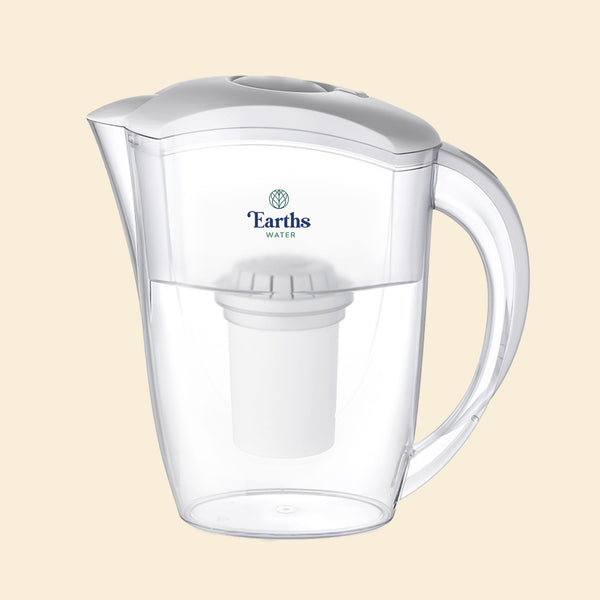
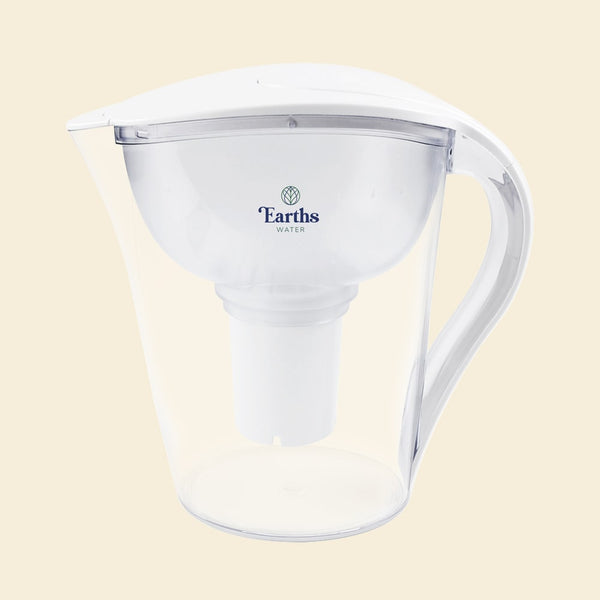
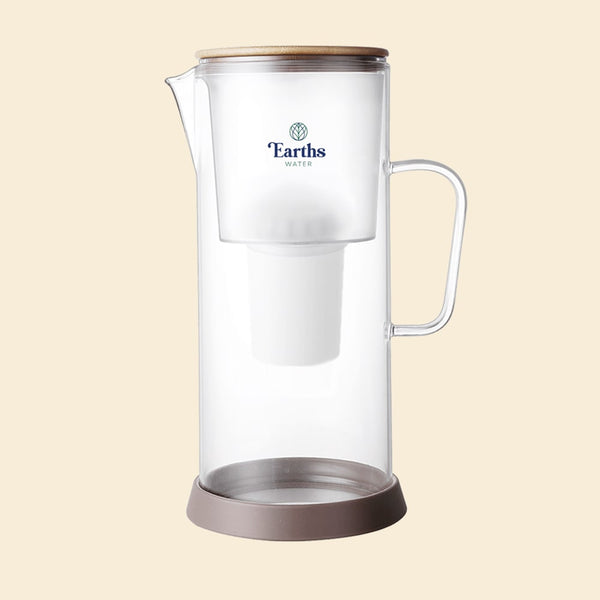
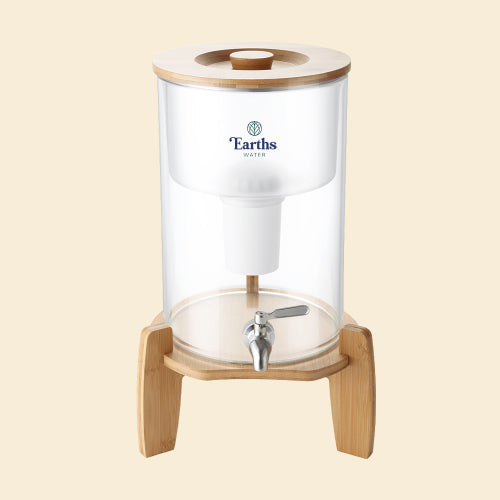




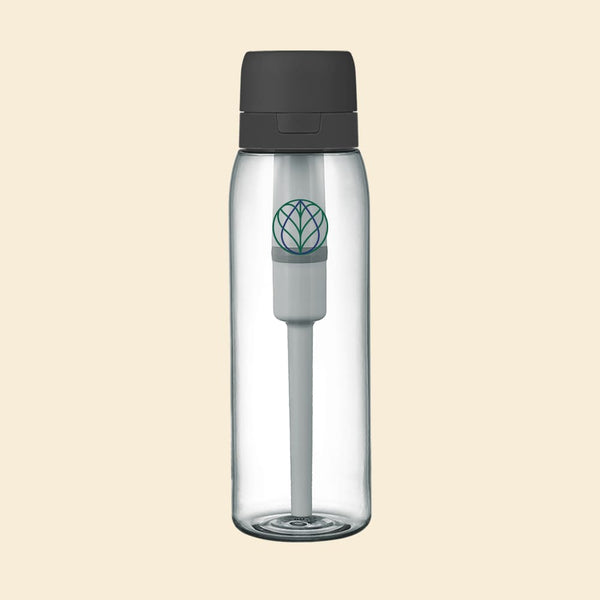
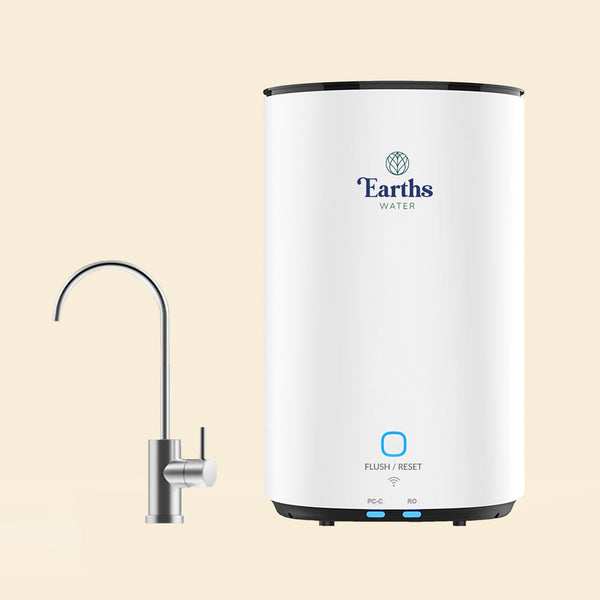
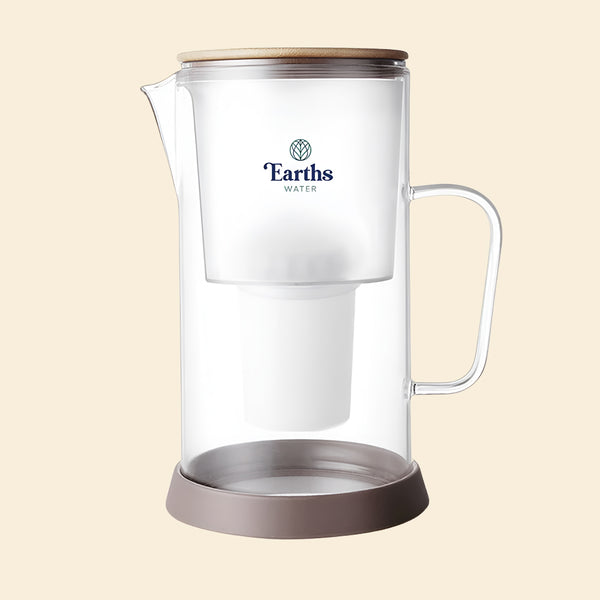
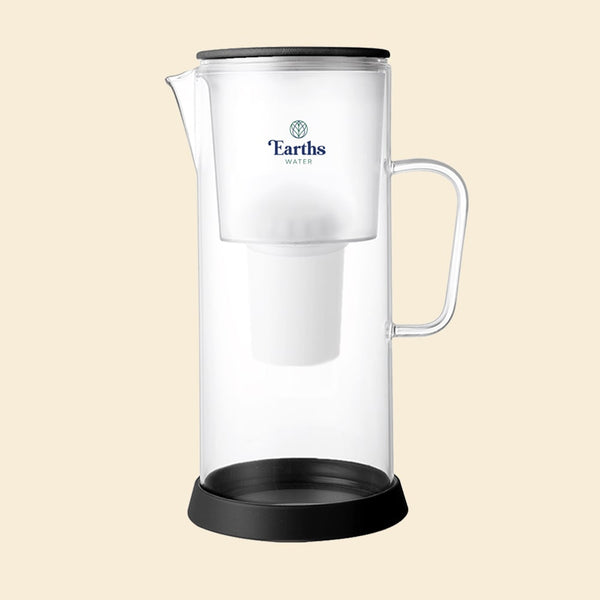

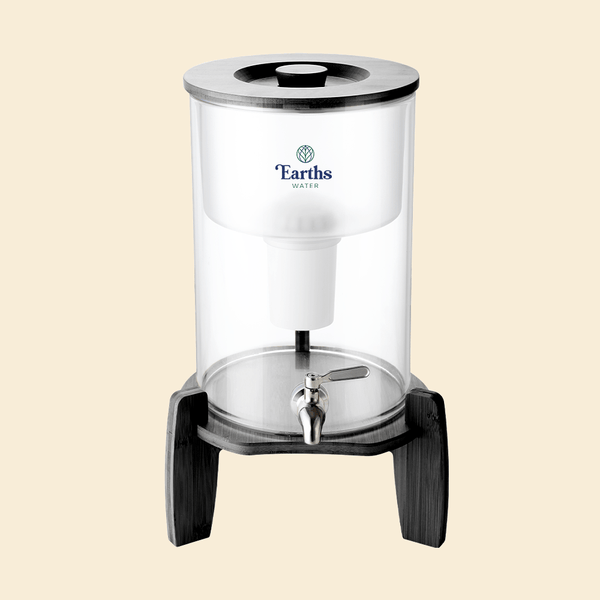

![9L Glass Benchtop Alkaline Water Filter - Eco Acacia [LIMITED EDITION]](http://earthswater.com.au/cdn/shop/files/ACACIA-BENCHTOP-FRONT-BEIGE_600x600.png?v=1743392740)
